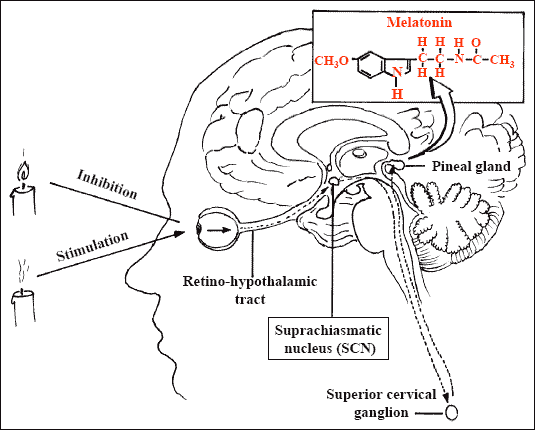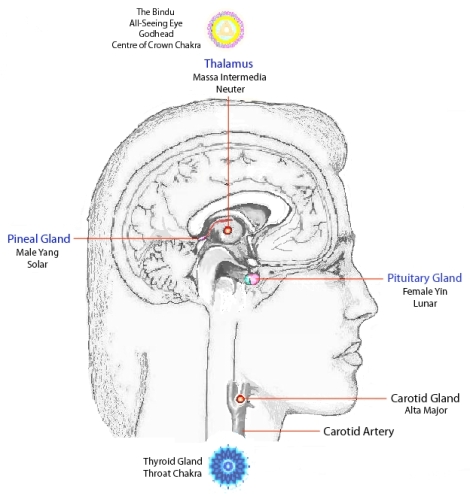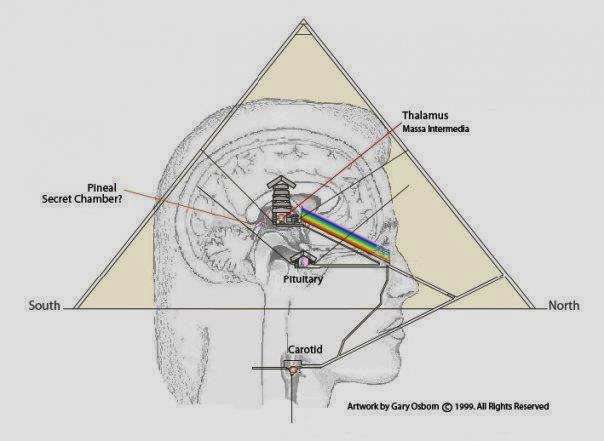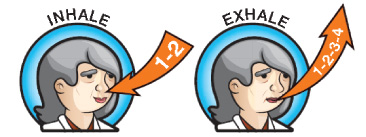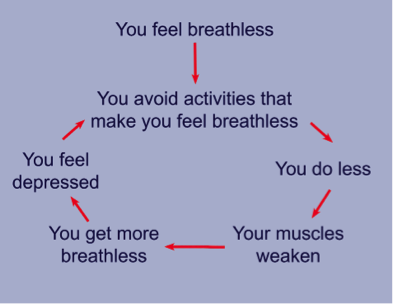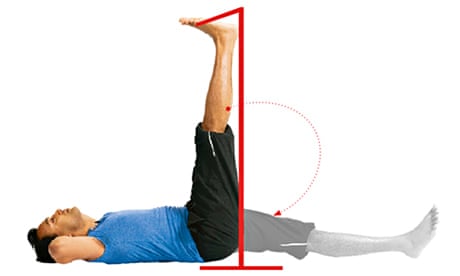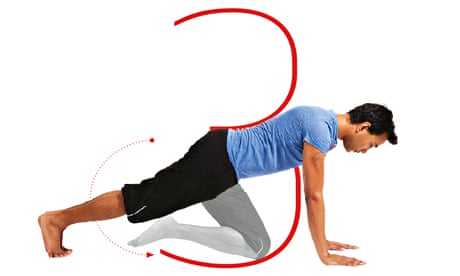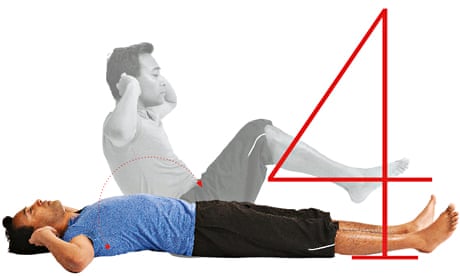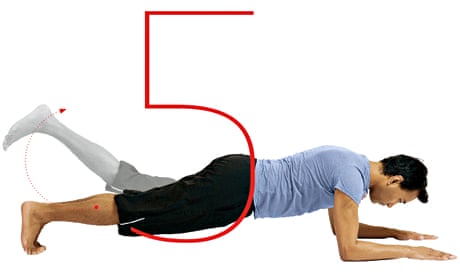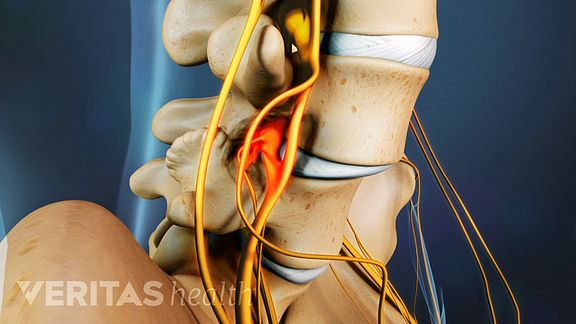The Tapping Solution offers a new technique to deal with seemingly impossible situations.
Tapping, also known as Emotional Freedom Techniques (EFT), is a powerful DoItYourself tool for improving your life on multiple levels: mental, emotional, and physical. It has been proven worldwide to effectively address a range of issues -- from anxiety, chronic pain, addiction, and fear, to weight control, financial abundance, stress relief, and so much more. Even PTSD*.
It is also one of the easiest and fastest practices to learn. You can learn it in minutes, do it anywhere and on virtually any issue, and oftentimes experience immediate results.
Praise 8: "Tapping your way to health is not only fun, it is healing. I highly recommend you begin today!"
{ C. Norman Shealy, M.D., Ph.D., president of Holos Institutes of Health }
Praise 9: "Having this book in your hand is like holding the map to any personal treasure you wish to uncover. The results for those who use tapping, believers and skeptics alike, are nothing short of amazing and always seem to bring perspective, clarity, and calm to whatever the issue is at hand -- physical, emotional, or spiritual. on top of that, having Nick as your guide is like having a trusted, caring friend at your side every step of the way. Keep this book close by your side . . . it's your personal development preparedness tool kit for our ever-changing modern times."
{ Kevin Gianni, health author, www.RenegadeHealth.com }
Praise 10: "The Tapping Solution EFT not only provides cutting-edge treatments for many of the problems that ail us, but real-life, unbelievable stories that will inspire you to jump right in and add this profound method to your healing arsenal."
{ Marcia Wieder, CEO & founder of Dream University }
How does Tapping Solution -EFT work? Based on the principles of both ancient acupressure and modern psychology, Tapping concentrates on specific meridian endpoints while focusing on processing negative emotions, any negativity in life or physical pain sensations. Combined with spoken word, expressing your feeling or emotion arises, Tapping Solution EFT helps calm the nervous system to restore the balance of energy in the body and rewire the brain to respond in healthy ways.
You'll not only learn how to start Tapping, you'll also get the history and cutting edge science and clinical results behind it. Featuring step-by-step instructions, exercises, and diagrams. TheTapping Solution shows you how to tap on a variety of issues and identify practical applications. Plus, throughout the book, you'll find unbelievable, real-life stories of healing, ranging from easing pain on the body to overcoming fear of flying.
Praise 11: "Tapping has totally changed my life. At first I thought it was just another gimmick or stunt. But it's not. It's a game-changing technique that will take you deeply into yourself and assist you to feel the emotional freedom that is your birthright. And I am forever grateful to Nick Ortner for introducing me to tapping. This book is a must!"
{ Mastin Kipp, CEO/founder of TheDailyLove.com }
This Powerful Home Study Course Is For YOU!
I repeat the facts again, here.
This Powerful Home Study Course Is For YOU!
Who: Conscious people motivated by personal growth and fulfillment gathering to collaborate and learn from brilliant thought leaders and each other.
What: A highly experiential, results oriented course for monetizing your vision.
Why: This program will enable you to align your vision with your heart, mind and soul to live a rich, meaningful life…now.
How: Through ancient wisdom, soul work and cutting edge methods, you will experience insight, real transformation and profound results.
Praise 12: "Deepest gratitude to Nick Ortner for being so instrumental in delivering EFT (tapping) into enough hands to finally usher in the well-deserved tipping point in energy medicine.
The Tapping Solution is a hopeful compilation of the past successes and future possibilities of EFT. With this thoughtful guide through EFT's history and its everyday applications, Nick demonstrates how profound healing is possible for millions of people who need and deserve it. Thank you, Nick, for combining the hope and science behind this practice. tapping is bound to shape our future for the better!"
{ Carol Look, author of Attracting Abundance with EFT }
Praise 13: " Nick Ortner has taken a unique system of transformation and made it available to everyone. He is a miracle of action, and lives by and through the powerful mode of healing that is 'tapping.' If you are ready to quickly move those huge life challenges, stories, and traumatic events to be a thing of the past, then you have the right book in your hands in this moment. Seize the opportunity to fundamentally shift into new possibilities --read this book right now."
{ Jennifer McLean, author, healer, and host of Healing with the Masters }
Find out how to release your fear and clear the limiting beliefs that hold you back from creating the life you want.
Praise 14: "Nick Ortner is a man on a mission to change the world, person by person, in a direct and very personal way. He reveals how much power we really do have to change our lives if we just decide to try his elegant method. Life opens up, possibility abounds, and we rediscover our greatness when we truly release the past, heal from trauma, and shift ingrained habits -- and he shows you how fast and easy that can happen. A dazzling approach that will change you . . . if you are ready."
{ Margaret M.Lynch, creator of "The 7 Levels of Wealth Manifestation" and CEO of NESC, Inc.}
Look Inside the Book, The Tapping Solution click here
It's time for ... The Tapping Solution!
Tapping, also known as Emotional Freedom Techniques (EFT), is a powerful DoItYourself tool for improving your life on multiple levels: mental, emotional, and physical. It has been proven worldwide to effectively address a range of issues -- from anxiety, chronic pain, addiction, and fear, to weight control, financial abundance, stress relief, and so much more. Even PTSD*.
It is also one of the easiest and fastest practices to learn. You can learn it in minutes, do it anywhere and on virtually any issue, and oftentimes experience immediate results.
Praise 8: "Tapping your way to health is not only fun, it is healing. I highly recommend you begin today!"
{ C. Norman Shealy, M.D., Ph.D., president of Holos Institutes of Health }
Praise 9: "Having this book in your hand is like holding the map to any personal treasure you wish to uncover. The results for those who use tapping, believers and skeptics alike, are nothing short of amazing and always seem to bring perspective, clarity, and calm to whatever the issue is at hand -- physical, emotional, or spiritual. on top of that, having Nick as your guide is like having a trusted, caring friend at your side every step of the way. Keep this book close by your side . . . it's your personal development preparedness tool kit for our ever-changing modern times."
{ Kevin Gianni, health author, www.RenegadeHealth.com }
Praise 10: "The Tapping Solution EFT not only provides cutting-edge treatments for many of the problems that ail us, but real-life, unbelievable stories that will inspire you to jump right in and add this profound method to your healing arsenal."
{ Marcia Wieder, CEO & founder of Dream University }
How does Tapping Solution -EFT work? Based on the principles of both ancient acupressure and modern psychology, Tapping concentrates on specific meridian endpoints while focusing on processing negative emotions, any negativity in life or physical pain sensations. Combined with spoken word, expressing your feeling or emotion arises, Tapping Solution EFT helps calm the nervous system to restore the balance of energy in the body and rewire the brain to respond in healthy ways.
You'll not only learn how to start Tapping, you'll also get the history and cutting edge science and clinical results behind it. Featuring step-by-step instructions, exercises, and diagrams. TheTapping Solution shows you how to tap on a variety of issues and identify practical applications. Plus, throughout the book, you'll find unbelievable, real-life stories of healing, ranging from easing pain on the body to overcoming fear of flying.
Praise 11: "Tapping has totally changed my life. At first I thought it was just another gimmick or stunt. But it's not. It's a game-changing technique that will take you deeply into yourself and assist you to feel the emotional freedom that is your birthright. And I am forever grateful to Nick Ortner for introducing me to tapping. This book is a must!"
{ Mastin Kipp, CEO/founder of TheDailyLove.com }
This Powerful Home Study Course Is For YOU!
| Who: | Conscious people motivated by personal growth and fulfillment gathering to collaborate and learn from brilliant thought leaders and each other. |
| What: | A highly experiential, results oriented course for monetizing your vision. |
| Why: | This program will enable you to align your vision with your heart, mind and soul to live a rich, meaningful life…now. |
| How: | Through ancient wisdom, soul work and cutting edge methods, you will experience insight, real transformation and profound results. |
I repeat the facts again, here.
This Powerful Home Study Course Is For YOU!
Who: Conscious people motivated by personal growth and fulfillment gathering to collaborate and learn from brilliant thought leaders and each other.
What: A highly experiential, results oriented course for monetizing your vision.
Why: This program will enable you to align your vision with your heart, mind and soul to live a rich, meaningful life…now.
How: Through ancient wisdom, soul work and cutting edge methods, you will experience insight, real transformation and profound results.
Praise 12: "Deepest gratitude to Nick Ortner for being so instrumental in delivering EFT (tapping) into enough hands to finally usher in the well-deserved tipping point in energy medicine.
The Tapping Solution is a hopeful compilation of the past successes and future possibilities of EFT. With this thoughtful guide through EFT's history and its everyday applications, Nick demonstrates how profound healing is possible for millions of people who need and deserve it. Thank you, Nick, for combining the hope and science behind this practice. tapping is bound to shape our future for the better!"
{ Carol Look, author of Attracting Abundance with EFT }
Praise 13: " Nick Ortner has taken a unique system of transformation and made it available to everyone. He is a miracle of action, and lives by and through the powerful mode of healing that is 'tapping.' If you are ready to quickly move those huge life challenges, stories, and traumatic events to be a thing of the past, then you have the right book in your hands in this moment. Seize the opportunity to fundamentally shift into new possibilities --read this book right now."
{ Jennifer McLean, author, healer, and host of Healing with the Masters }
Find out how to release your fear and clear the limiting beliefs that hold you back from creating the life you want.
Praise 14: "Nick Ortner is a man on a mission to change the world, person by person, in a direct and very personal way. He reveals how much power we really do have to change our lives if we just decide to try his elegant method. Life opens up, possibility abounds, and we rediscover our greatness when we truly release the past, heal from trauma, and shift ingrained habits -- and he shows you how fast and easy that can happen. A dazzling approach that will change you . . . if you are ready."
{ Margaret M.Lynch, creator of "The 7 Levels of Wealth Manifestation" and CEO of NESC, Inc.}
Look Inside the Book, The Tapping Solution click here
It's time for ... The Tapping Solution!







